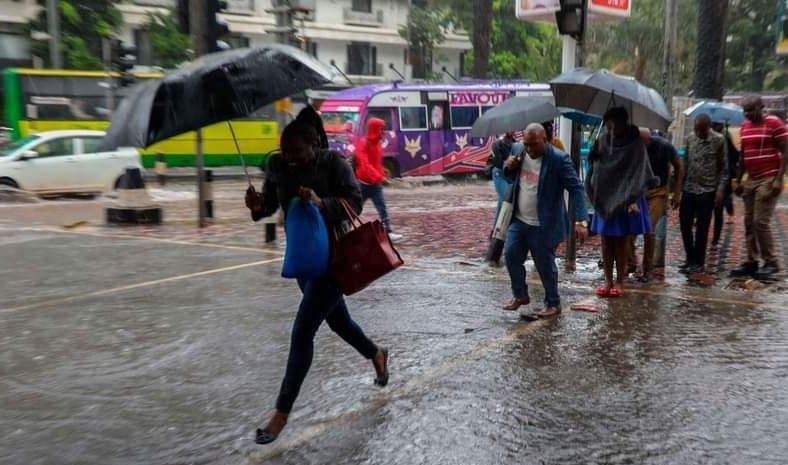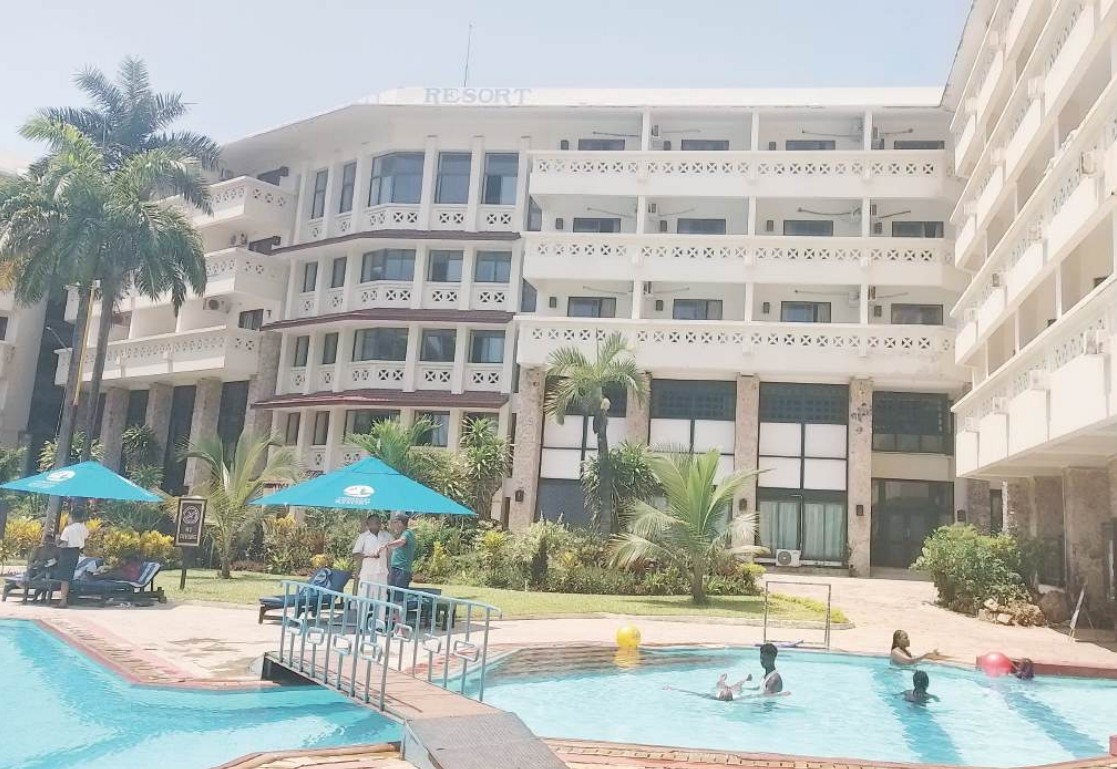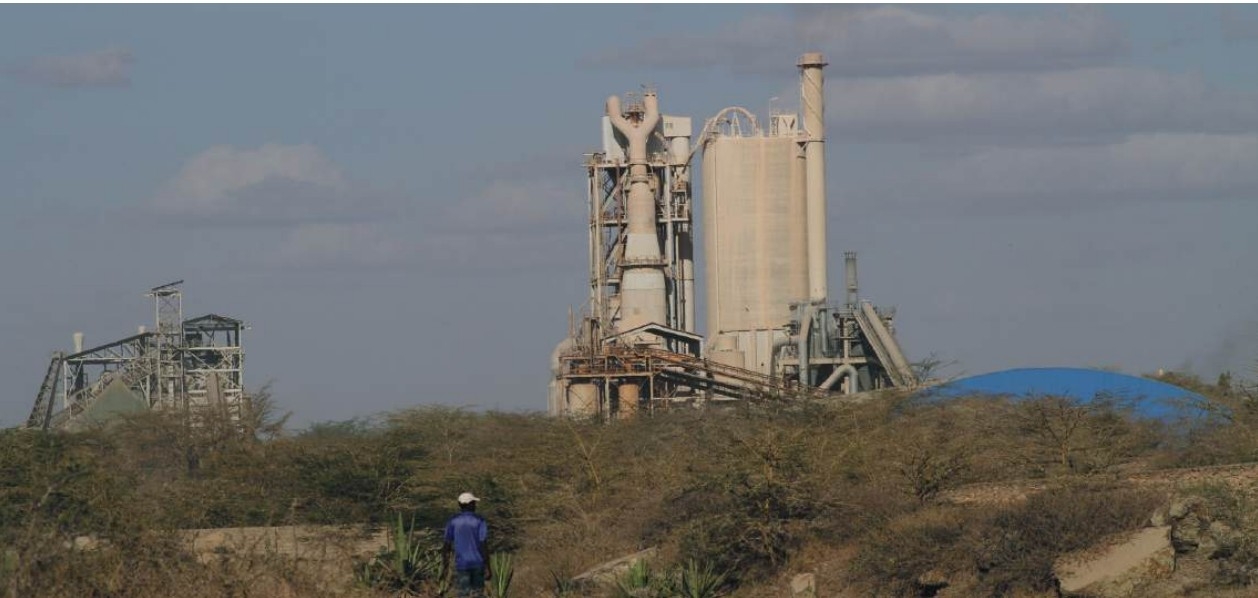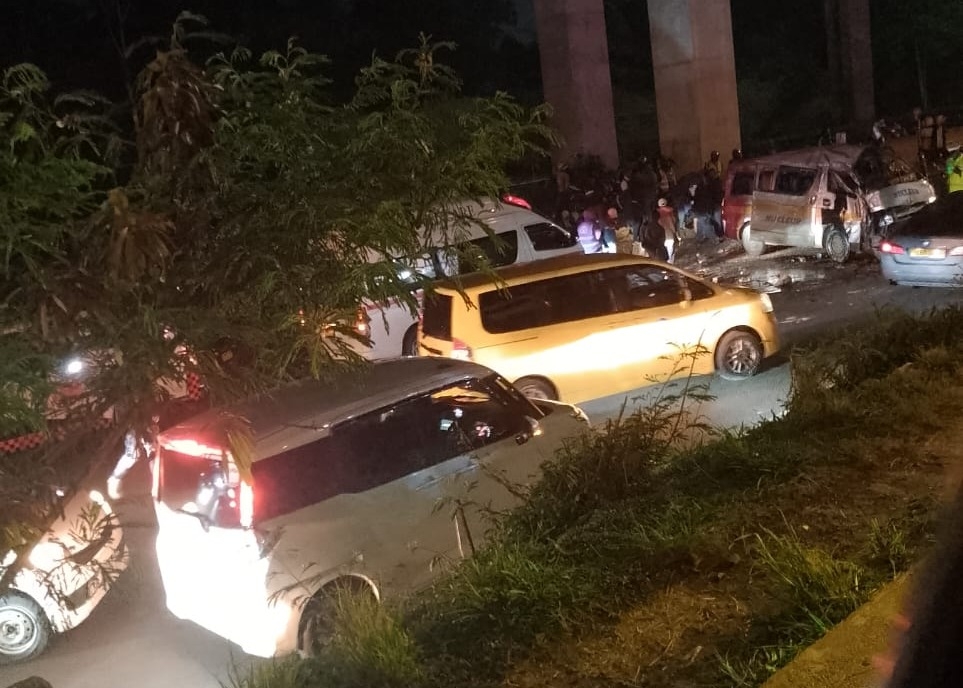
Nairobi Governor Johnson Sakaja has urged property owners with illegal or unapproved buildings to take advantage of the limited window provided by the new property regularisation law to reform.
He said under the Regularisation of Unauthorised Development Act, 2025, those with offending properties must shape up, warning that strict enforcement will follow once the grace period expires.
Speaking during the 25th anniversary celebrations of United Winner DT Sacco, Sakaja reaffirmed his administration’s commitment to enforcing urban planning laws and restoring order in the city’s construction sector.
“If you know you have an illegal building, you have a window to regularise. Please come and regularise. When that window closes, that’s it—the law will take its course,” Sakaja cautioned.
He said the Nairobi City county government will, after the deadline, launch a citywide crackdown targeting thousands of unauthorised structures that fail to meet planning and safety standards.
A public notice from the County’s Department of Built Environment and Urban Planning has already invited developers, land-buying companies and property owners to submit applications for regularisation.
The process allows developers to seek retrospective approval for buildings constructed without permits or for projects that deviated from approved plans—for instance, erecting five floors after obtaining permission for only two.
Governor Sakaja said the initiative is not intended as a revenue-generating exercise but rather as a corrective measure to ensure safer and more orderly development.
“It’s not about money; it’s our duty to ensure that urban growth happens in an organised way—with proper utilities, emergency access and structural integrity. That’s why we’re giving this window to regularise. After that, we will take action,” he said.
According to the county executive committee member for built environment and urban planning, the Regularisation of Unauthorised Development Act, 2025, provides the legal framework for this exercise.
It seeks to bring non-compliant developments into conformity with city planning laws while protecting public safety.
Urban development and planning chief officer Patrick Analo explained the initiative targets structures that were erected without necessary approvals but can be brought into compliance with minimum safety and planning standards.
“To ensure transparency, the county government will publish notices of unauthorised developments in at least two national newspapers,” he said.
“The regularisation covers a wide range of developments, including subdivisions, change of use, extensions, architectural and structural works, billboards, LEDs, wall wraps and even informal settlements located on private land.”
Analo said City Hall is also using the exercise to resolve long-standing land ownership and planning disputes that have slowed investment and development in various neighbourhoods.
Developers and property owners who fail to take advantage of the window risk facing enforcement under the Physical and Land Use Planning Act, 2019.
The crackdown will primarily target high-risk areas such as Ruai, Kasarani, Mwiki, Roysambu and several parts of Embakasi, where illegal constructions, land-buying company disputes and squatter settlements have posed serious planning challenges.
Governor Sakaja wants Nairobians to cooperate with county officials and professional planners to make the city safer, more liveable and better organised.
“We cannot continue building a city on disorder. Let’s fix it now while we have the chance,” he said.
Instant Analysis
Sakaja’s move signals a balancing act between enforcement and inclusivity—offering a final amnesty before a hard crackdown. The regularisation drive
could reshape Nairobi’s skyline if backed by firm, transparent enforcement.

















